Charlie_mta
Senior Member
- Joined
- Jul 15, 2006
- Messages
- 4,555
- Reaction score
- 6,473
Menino: "Who's going to do the work that's necessary to maintain the beauty?"
Beauty? Where? :?:
Beauty? Where? :?:
...and a granite seawall that once marked the city's shoreline and was excavated during the building of the I-93 tunnels.
ablarc said:Are they competing to do it or vying to avoid it?stellarfun said:"The long-range issue is the maintenance -- who will maintain the Greenway?" Menino asked. "Who's going to do the work that's necessary to maintain the beauty? That's a question that has yet to be resolved."
? The Boston Parks Department budget is less than 1% of the city?s budget.
? Boston spends $48 per person each year on parks, compared to Chicago ($108) and Detroit ($63).
? One study placed Massachusetts 49th in state and local spending on parks and recreation per person.
? 70% of the Emerald Necklace maintenance fund goes to the Boston Common and Public Garden; the rest must be shared by Franklin Park, Jamaica Pond, Olmsted Park and the Back Bay Fens.
? Boston(at 9%) has the second lowest participation rate in physical education in the country in comparison to other major cities and states. The average for the US is 28.4%.
? Boston has only 3 professionals allocated to tree care; Phoenix, Arizona employs 40 foresters, horticulturalists, and landscape architects to maintain parks.
It's not easy being a Greenway
July 26, 2007
RE "HOME stretch" (City & Region, July 22), about Greenway work entering its final phase: The predominant colors I saw were white, gray, black, and red. So little green.
I've lived in Boston since 1970. I've lived through all of this. When you say "greenway," I think of the broad swath of lush green grass and trees on Commonwealth Avenue from Arlington Street to Mass. Ave. Or the Esplanade from Leverett Circle to Western Avenue. These are places where the people decide the uses. The various funky placements of walks, pathways, pergolas, and fountains on the Kennedy Greenway are forced-use designs. It seems every actual green spot is framed in concrete or brick. Some are large areas of grass, geometrically interrupted by a cross-hatch of cement containment walls.
I haven't been down there yet, but I plan to go soon. I want to see if this long-touted so-called Greenway is real, or just a Disney-fication of the urban park. Meanwhile, I sense Frederick Law Olmsted spinning in his grave.
PAUL D. BERG
Newton
ALTHOUGH I heartily endorse the application of Rose Kennedy's name to the surface of the Big Dig ("Birth of the Greenway," Op-ed, July 20), I am bothered that the term "greenway" was applied to separate paver-stoned pocket parks for pedestrians.
In the 1987 "Report of the President's Commission on Americans Outdoors," the authors recommended that "communities establish greenways, corridors of private and public recreation lands and waters, to provide people with access to open spaces close to where they live, and to link the rural and urban spaces in the American landscape." The Minuteman trail is a greenway. The name Rose Kennedy Greenway, rather than Rose Kennedy Boulevard or Parkway, may mislead people into expecting connected parks for pedestrian and bicycle passage north and south, especially as a link between the South Bay Harbor Trail and the bicycle paths under the Leonard P. Zakim Bunker Hill Bridge, both considered greenways. Instead, bicyclists must travel with the cars in three lanes of traffic beside the pedestrian pocket parks.
One solution to get closer to the true definition of a greenway may be to provide European cycle tracks on the outer edges of the streets for passage by bicyclists and to better connect the other greenways.
ANNE LUSK
Brookline
The writer, a research fellow at the Harvard School of Public Health, is studying 20 greenways across the country through a grant from the National Institutes of Health.
"I haven't been there yet."
When you say "greenway," I think of the broad swath of lush green grass and trees on Commonwealth Avenue from Arlington Street to Mass. Ave. Or the Esplanade from Leverett Circle to Western Avenue. These are places where the people decide the uses.
He was referring to this image which took up about a half a page in the paper:JimboJones said:Okay, huh? How can you form an opinion, then?"I haven't been there yet."
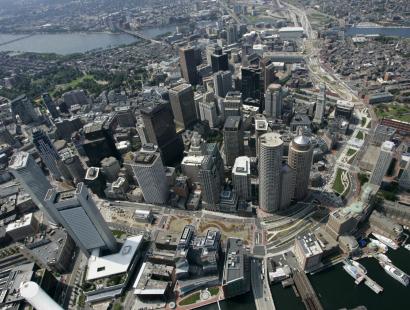
RE "HOME stretch" (City & Region, July 22), about Greenway work entering its final phase: The predominant colors I saw were white, gray, black, and red. So little green.
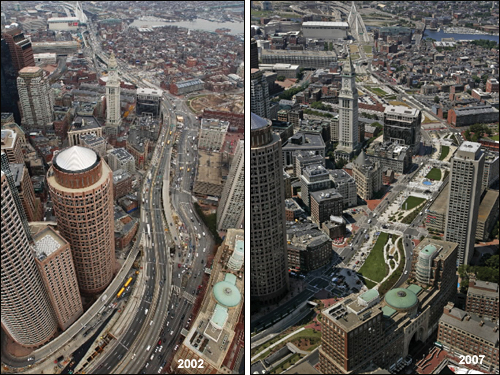
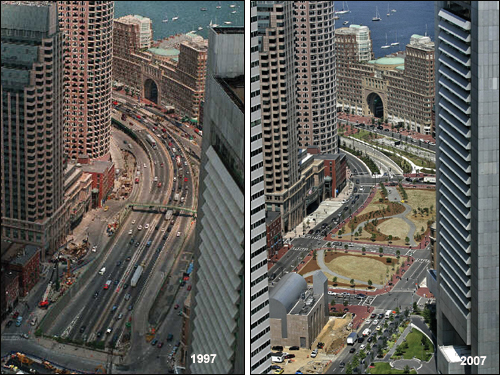
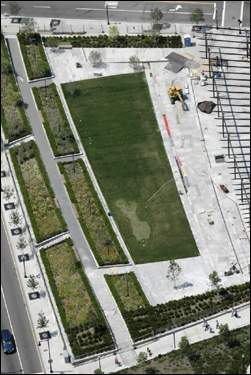
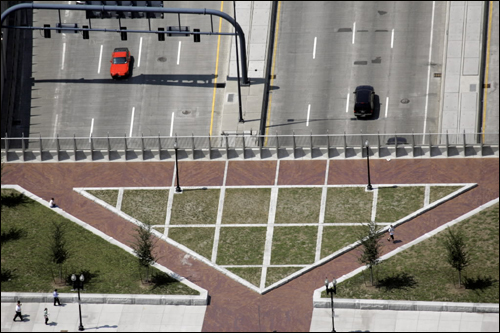
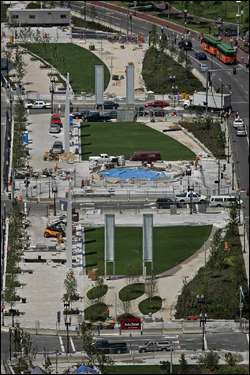
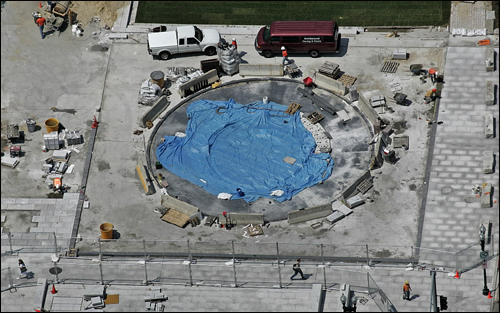
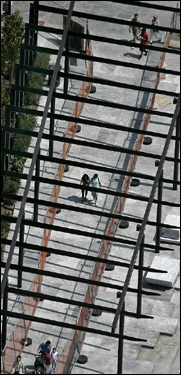
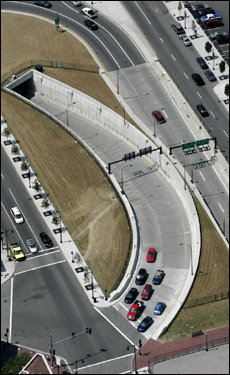
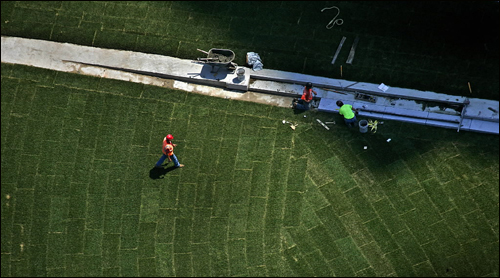
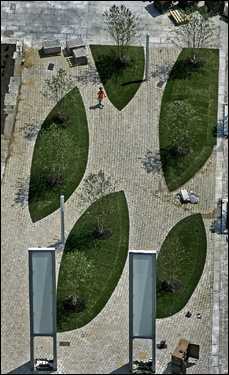
?The long-range issue is the maintenance ? who will maintain the Greenway?? Menino asked.
